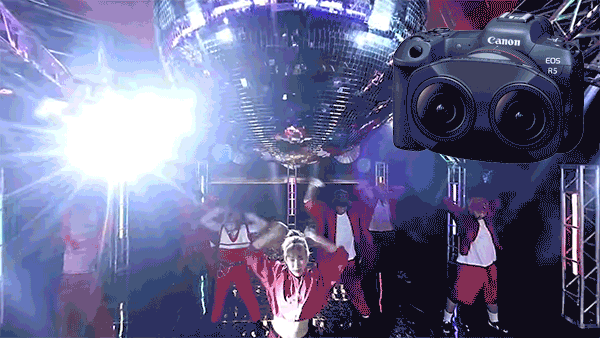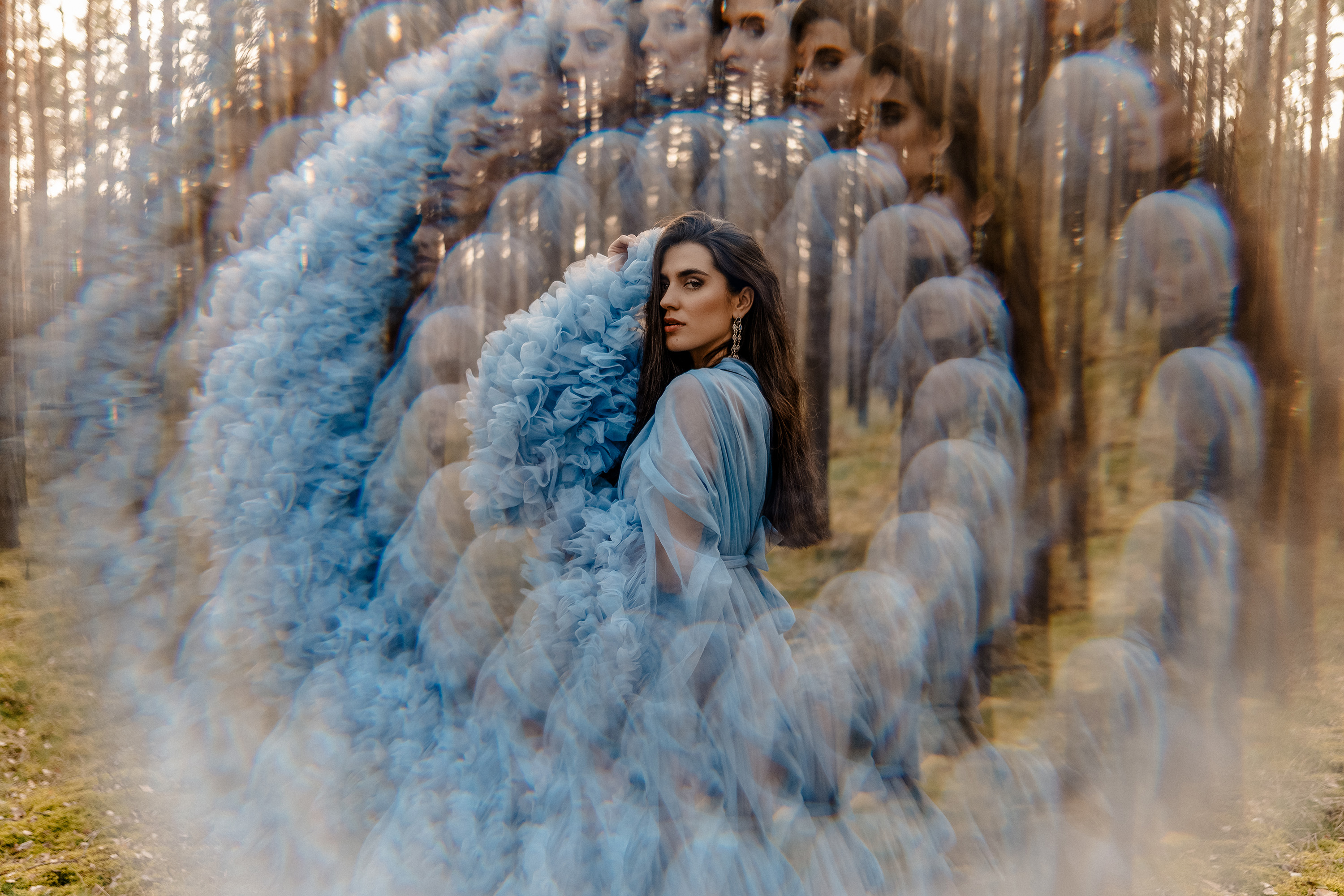Watch: This is what Canon's 3D VR camera footage looks like
Check out Canon's EOS VR camera footage, shot on the Canon EOS R5 with the new 5.2mm Dual Fisheye VR lens

Canon launched its EOS VR System earlier this month, powered by the new Canon RF 5.2mm f/2.8L Dual Fisheye lens – and the manufacturer has released the first real-world footage of what the setup is capable of.
The Canon EOS VR System is an 8K, 3D, 180° VR capture platform with two key components at the heart of it: the new Canon RF 5.2mm f/2.8L Dual Fisheye lens and the Canon EOS R5. Together with the new EOS VR Utility, and the EOS VR Plug-in for Adobe Premiere Pro, they transform the R5 into a powerful stereoscopic 3D VR rig.
• Read more: Best Canon RF lenses
Obviously it's difficult to conceptualize what 3D VR footage looks like if you've never seen it before, and thus it's hard to conceive how this technology might be applicable to your own photography and videography.
Thankfully, Canon Japan has released the first footage of what the EOS VR System can do. As you can see below, the interactive YouTube video enables you to scroll 180° around the scene of dancers performing (though while the native footage is 8K, YouTube currently maxes out at 4K playback, so you can't quite see it in all its glory).
Watch video: Interactive Canon 3D VR sample footage
Unlike earlier stereoscopic camera rigs (such as those made by Canon and Panasonic) that required two cameras with two sensors and two lenses, the EOS VR system is built around the RF 5.2mm Dual Fisheye – and its dual, hyper-wide, 190° field of view lenses project two circular images onto a single camera sensor.
The best camera deals, reviews, product advice, and unmissable photography news, direct to your inbox!
That means you just have a single file to work with, rather than two separate videos – which you would obviously need to sync, not to mention marry exposure, focus, settings and so on. And while the system is geared towards 8K video, it can capture 4K, 1080p and still images as well.
It's a pricey proposition, with the Canon RF 5.2mm f/2.8L Dual Fisheye lens alone costing $1,999.00 / £2,099.99 / AU$3,849, on top of the need for an R5, Premier Pro and a boatload of storage to render your files.
Still, this is a potential game-changer for professional photography – not to mention the content creators who will no doubt find new and exciting ways to put this new technology to use.
Read more:

James has 25 years experience as a journalist, serving as the head of Digital Camera World for 7 of them. He started working in the photography industry in 2014, product testing and shooting ad campaigns for Olympus, as well as clients like Aston Martin Racing, Elinchrom and L'Oréal. An Olympus / OM System, Canon and Hasselblad shooter, he has a wealth of knowledge on cameras of all makes – and he loves instant cameras, too.
